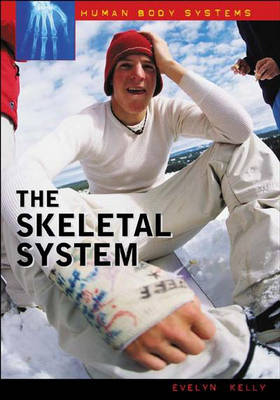Human Body Systems
1 total work
Beginning with an exploration of the various bones in our bodies, this volume of the Encyclopedia of the Human Body discusses the parts of the skeletal system and how they work together to provide our bodies with shape, support, and movement, protection of tissues and organs, and production of blood cells. Both the axial bones of the skeleton and the appendicular bones of the limbs are explored. Joints, ligaments, tendons and cartilage are discussed in relation to the bones of the skeletal system. The history of the research on the skeletal system is presented and the future of research in this field is considered. Current controversies and dilemmas of scientists performing this research are explored. Skeletal system disorders, symptoms and treatments are explored, including sprains, fractures, arthritis, lyme disease, and carpal tunnel syndrome. This reference concludes with information about maintaining a healthy skeletal system, a comprehensive glossary, and resources for further information including web sites and contact information for organizations and national health institutions.
The Encyclopedia of the Human Body provides a complete, comprehensive reference source for students interested in the human body. Each book in this ten-volume set introduces and describes a specific body system, including the parts and function of each system, the history of discovery, related diseases and treatments, as well as possible future advances in research. Detailed illustrations and diagrams, including an eight-page color insert, provide a visual reference for written material.
